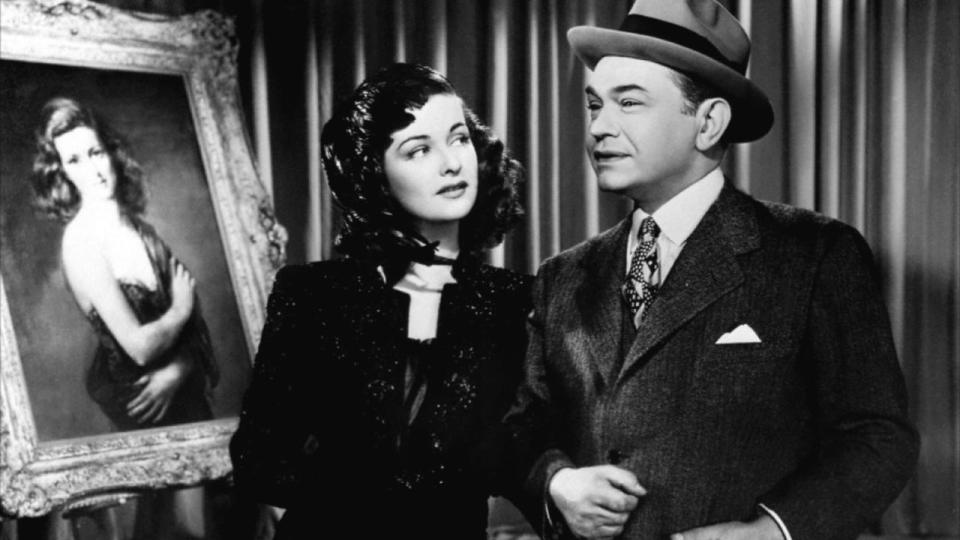Movies you might have missed: Fritz Lang's minor masterpiece The Woman in the Window

Edward G. Robinson was undoubtedly one of the great stars of Hollywood’s Golden Age. In 1944 the actor played Keyes in Double Indemnity, an iconic role in a picture that no subsequent film noir has managed to surpass. The very same year he starred in Fritz Lang’s The Woman in the Window, a different kind of noir but one with much to recommend it.
Netflix has rightly received criticism in some quarters for a perceived lack of interest in classic cinema so what a pleasant surprise it is to find an underrated gem by one of the medium’s finest directors on the streaming service.
Robinson plays psychology professor Richard Wanley, a man who has spent the bulk of his adult life pondering the notion of murder in a purely theoretical sense. At the start of the film, his wife and children head off on holiday and he spots a painting of a beautiful woman in a shop window. Much to his surprise, the subject of the painting appears behind him and introduces herself. Before the night is over, he has killed her lover in self-defence and set off a chain of events involving blackmail, poison and characters in over their heads.
This was the first project of International Pictures, an independent production company set up by scriptwriter Nunnally Johnson in the wake of his success penning John Ford films like The Grapes of Wrath. The Woman in the Window is often viewed as a precursor to Lang’s Scarlet Street, a film released the following year. Robinson plays a similar role in both films while Joan Bennett and Dan Duryea co-star and Milton R. Krasner provides the cinematography. This is no mere practice run, though, and suggests the director responsible for the massively influential noir masterpiece M had lost none of the magic a decade or so on.
Lang’s film is almost perfect but let down by a denouement that adheres to the moralistic Production Code of the time rather than the bleak, fatalistic conclusion that seems inevitable. The Woman in the Window is in refined company since it was released in France in 1946, the same year as The Maltese Falcon, Double Indemnity, Laura and Murder, My Sweet. French film magazines of the era first used the term “film noir” to refer to these five releases and this one, while probably the least acclaimed, is a minor masterpiece that deserves to be remembered as more than merely a footnote in cinema history regardless of its ending.

 Yahoo Movies
Yahoo Movies 